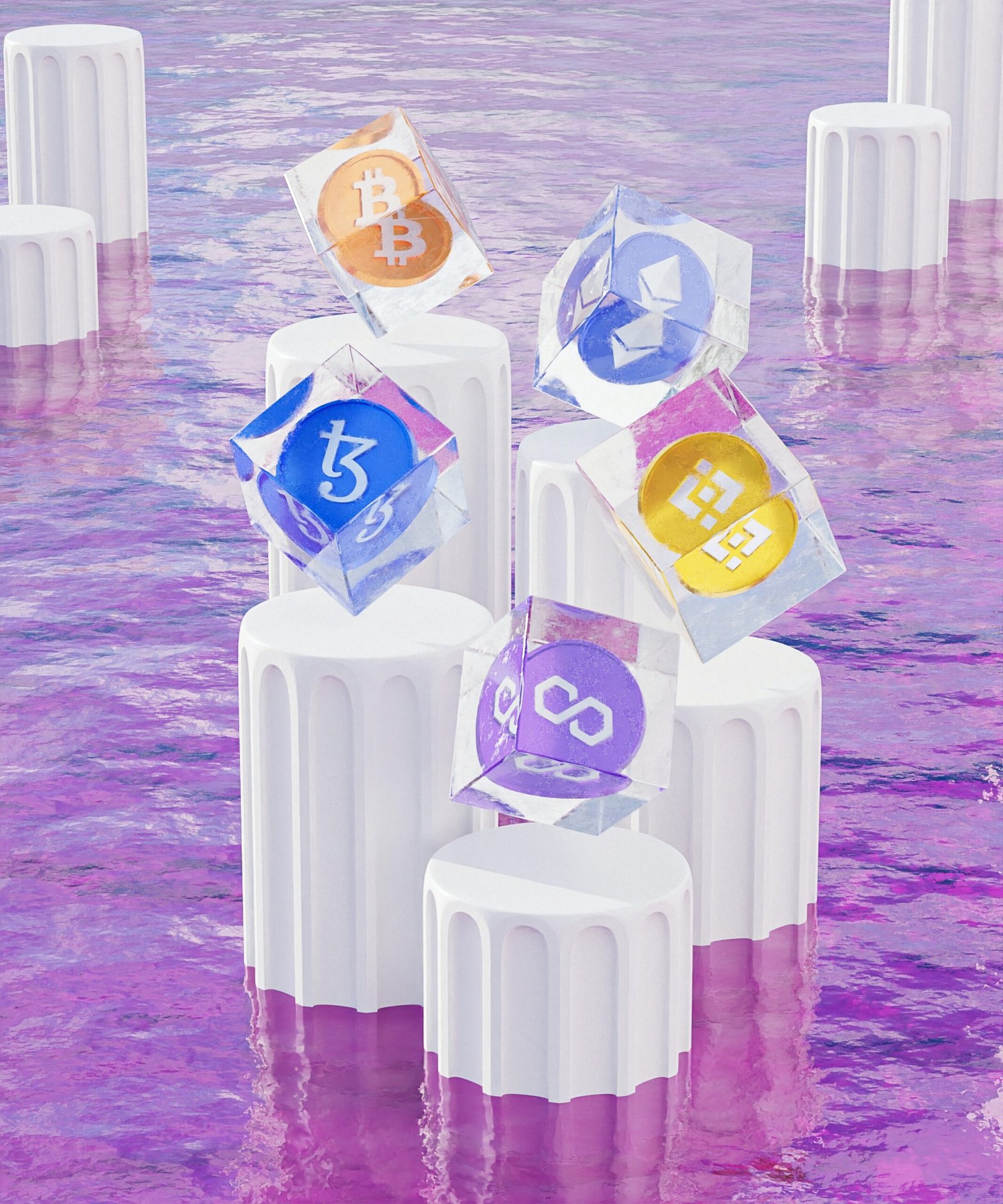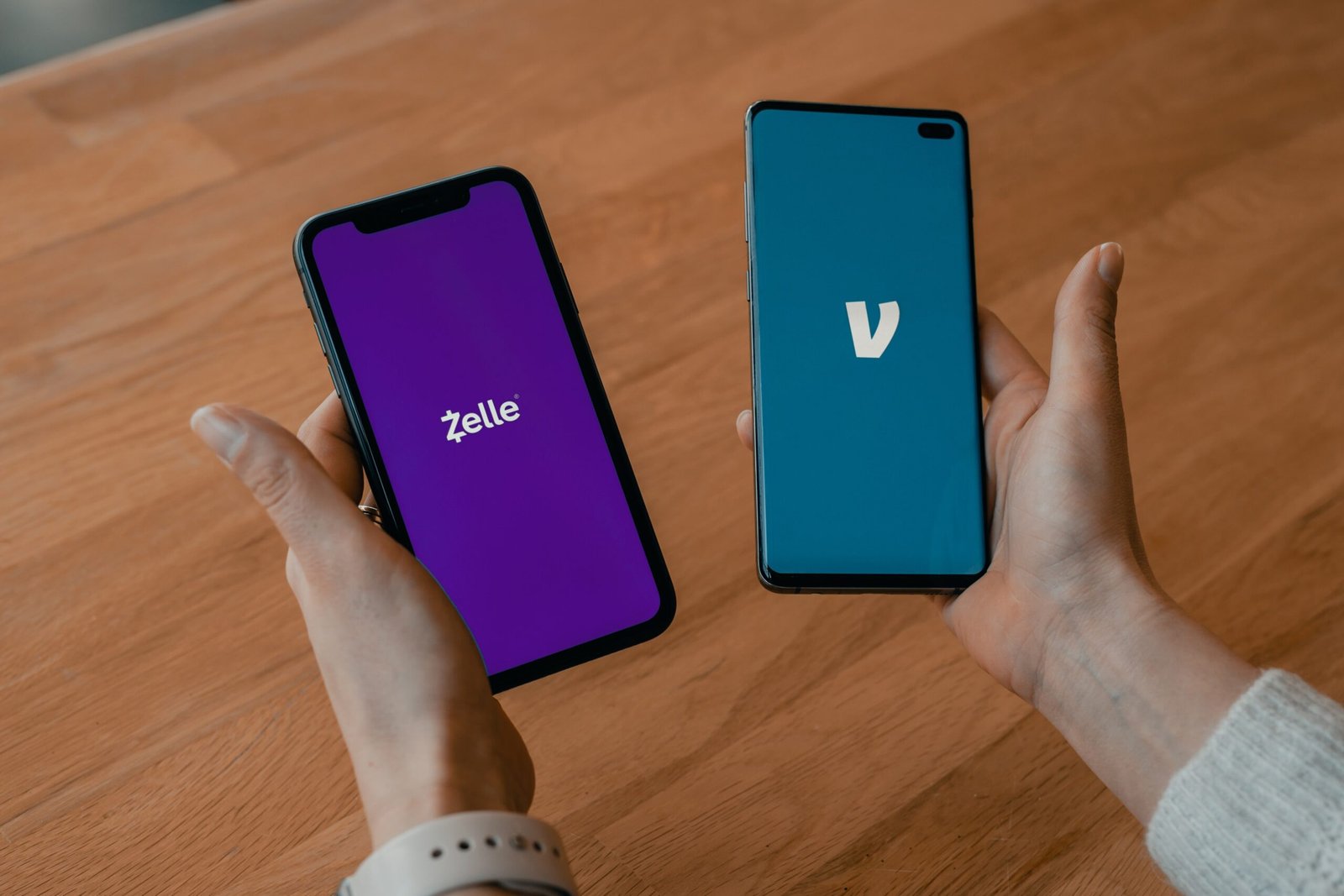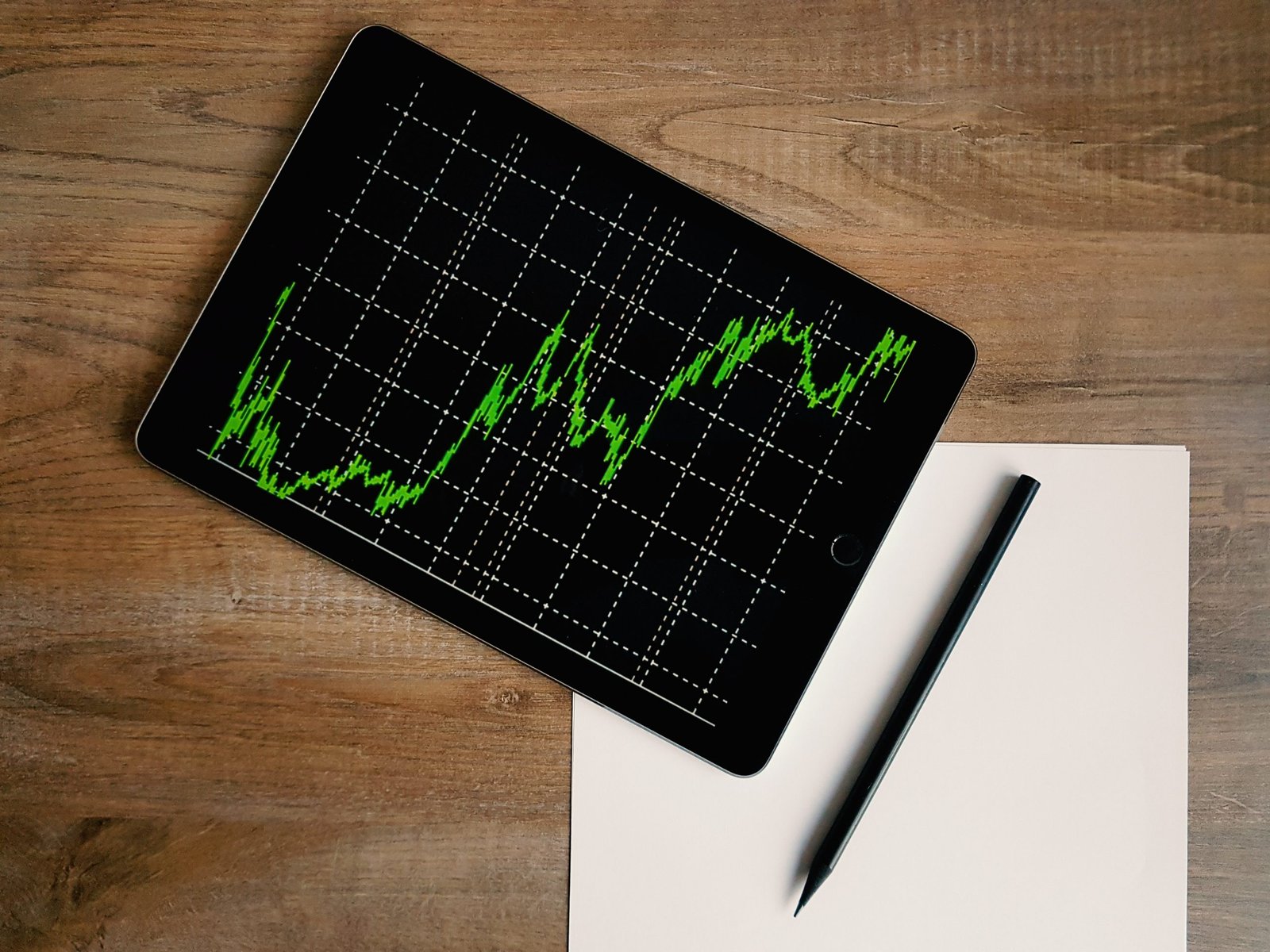As the cryptocurrency industry grows, we see investors shifting their interest to other sides of a blockchain: DApps, DAOs, and NFTs.
Such assets are becoming more valued since they offer many investment opportunities in digital artists’ creations. But NFTs started on the wrong foot. When Bored Ape avatars became popular, few fully understood this NFT trend, which affected these collectibles. In contrast, curious investors quickly acquired them, increasing their value.

Still, how do you decide what’s in trend or a flop regarding NFTs? To understand how this process happens, we’ll discuss how NFTs work and how public opinion influences their path and analyze some famous NFT collections.
What are NFTs?
Abbreviated from non-fungible assets, these collectibles encompass anything that can be transformed into a digital format. Non-fungible represents the uniqueness feature so that no NFT can be replaced or copied. Most of the time, they are traded on the blockchain as drawings, music, or any form of art. However, almost anything can be a tradeable NFT, even famous people’s tweets. For example, the former CEO of Twitter sold his first tweet for $2 million, the highest bid offered by a tech entrepreneur. It contained only five words: “just setting up my twttr”.
Besides these foolish exchanges, NFTs are also used as a way to help people and contribute to a better world. Hence, some artists are fighting for social causes through NFTs, such as:
- Raising money for countries in conflict. Many projects were created for donating to charities in Ukraine since the latest events;
- Saving the environment. A project called “Woodies” with 10,000 NFT items is allocating over one million in funds for a charity dedicated to planting trees;
- Supporting underprivileged communities. UNICEF launched a 1,000 NFT collection to help children continue their scholarly path in some communities;
How do NFTs work?
NFTs have unique identity codes, which means whoever makes a purchase is an official owner. NFTs also have built-in authentication that holds as proof and is their most valuable aspect. These assets exist in a blockchain, mainly Ethereum, but other blockchains also support them.
After being created or minted, an NFT is put on the market (auctions, for example), where other people can bid on them and get full ownership. However, artists can still get a percentage of sales whenever their art is sold to another owner. This process allows artists to make a living out of selling their digital creations.
Let’s not forget that blockchain is also used for digital transactions, so if you want to get more insight on cryptocurrency prices and eventually start investing, you could check out Binance as a reliable source for information but for holding your cryptocurrencies in a digital wallet as well.

How do people decide if an NFT has potential?
Each day, more NFTs appear on the market, which means it’s oversaturated with different artwork (or other digital assets). Still, it’s not that easy to distinguish between valuable NFTs and dull ones. But the potential of being a success is firstly driven by how rare that NFT is. For example, celebrity NFTs can experience a boom, while others can gain fame through the artist’s consistency. For instance, Beeple’s “Everydays: The First 5000 Days” was sold for $69 million because it encompasses a daily creation of his last 14 years, which some say to be an “accumulative piece”.
Secondly, an NFT’s fame could also be determined by its liquidity, meaning how easy it is to be bought or sold. Usually, investors prefer to have liquid NFTs since they’re less risky to hold. Therefore, as long as the NFT poses a dangerous asset to have, no matter its uniqueness, it might be overlooked.
Finally, what matters in an NFT is who owned it before. This is where public opinion matters and social media weighs the most because if some controversial celebrity had had this NFT before, it would create reservations around it or, on the other hand, make people offer enormous amounts of money for it.
What to do if you want to find the next hit
Depending on what you need it for, purchasing an NFT can be tedious. If you wish for something to sell after at a higher price, you need to dig deep down for a rarer piece. However, if you only want to hold them in your wallet to diversify your portfolio temporarily, you can choose whatever looks cool.
Searching for the perfect NFT to own means you need to make a thorough research on social platforms such as Twitter or NFT marketplaces such as OpenSea. These are the two main domains where you’ll find interesting collections, but you can expand your search on other safe websites. You can start by searching projects priced below 1 ETH and wait for them to increase in value. Some projects had the same course and are now gaining popularity, like 24px, Bored Bananas or Vogu Collective.

The benefits of investing in NFTs
If you’re not sure whether to make such investments or not, here are some of the advantages of holding NFTs:
- They’re transferable. NFTs are easy to trade, and many are issued as in-game items, which shows how flexible they are;
- They create economic opportunities. NFTs are becoming more than a simple asset to hold, but an opportunity for creators and people to have another source of income;
- They boost inclusive growth. NFT creators obtain the true value for their creations, while buyers have the option of liquidity in different types of assets through NFTs.
Final takeaway
Overall, NFTs can potentially become the primary income source for digital artists. At the same time, they can be used to raise awareness of certain social issues, which encompasses their adaptability to outside events. However, if you want to become a billionaire, you should dig deeper to find a rare NFT, but that’s not impossible.
So, are you ready to enter the NFT world?






